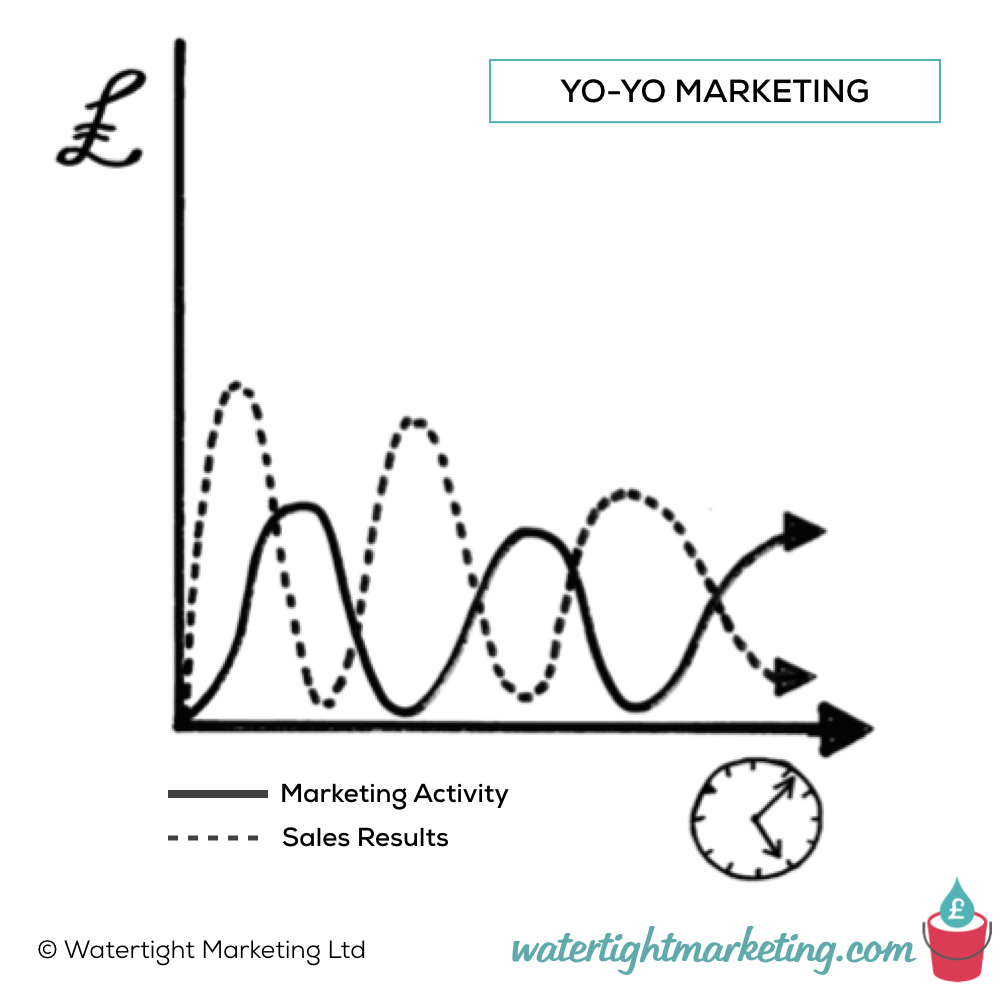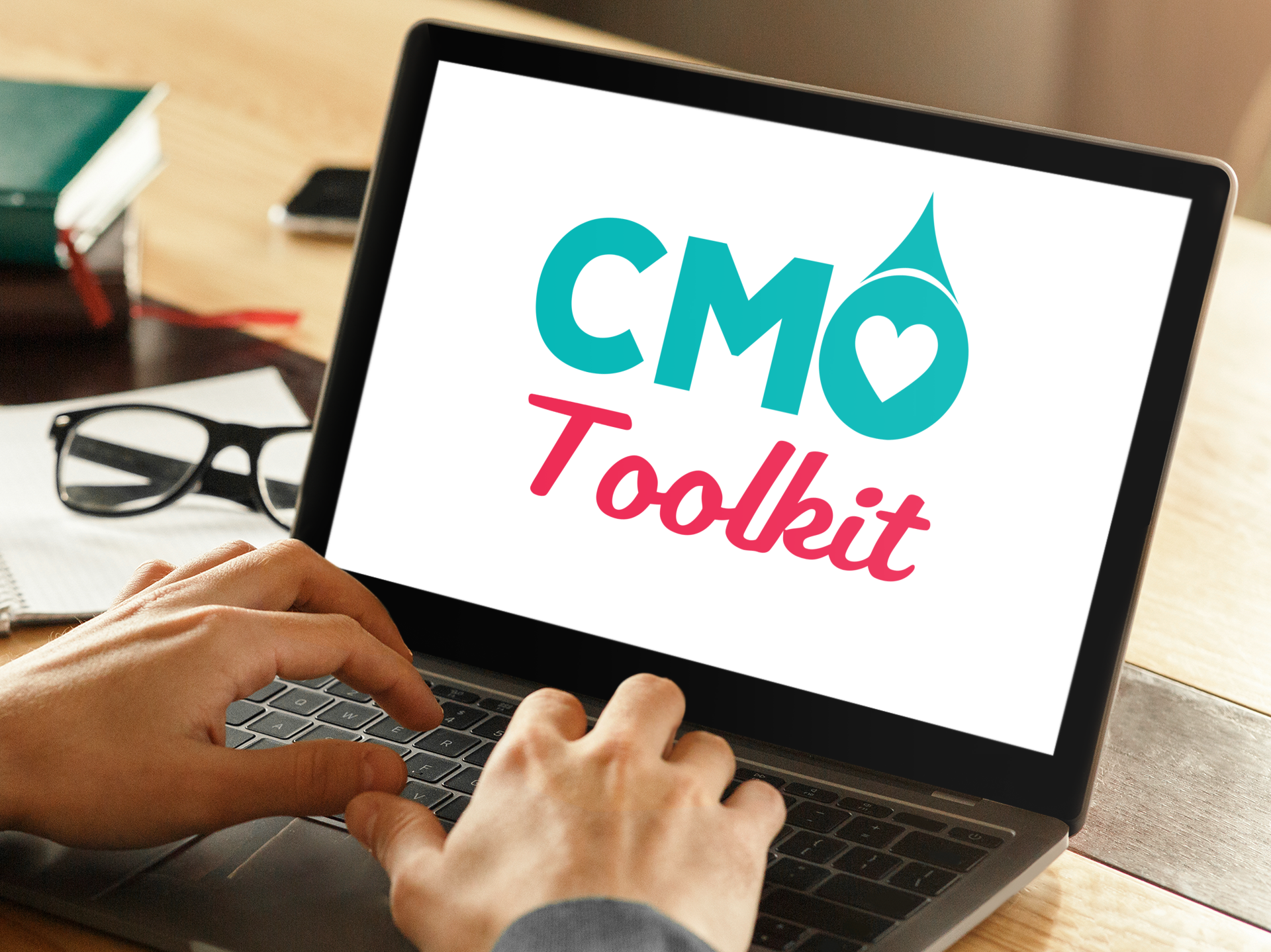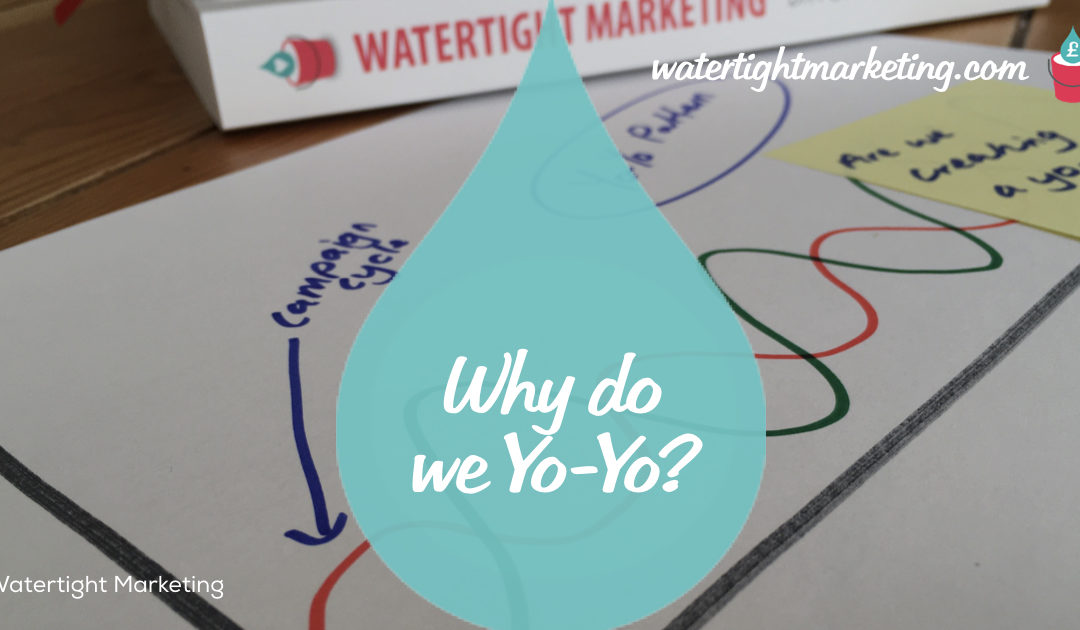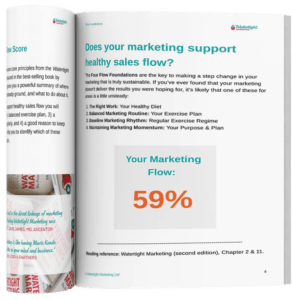Reading Time: 8 Minutes
No doubt you’ve heard of a a Yo-Yo Diet, and you know that it’s pretty bad for your waistline in the long term. Yo-Yo Marketing is just as bad for your business’ bottom line. And, yet so very common.
We often see periods of intense marketing activity that generate sales enquiries, and whilst those are being dealt with the marketing goes on the back burner. A little while later, it’s all hands to the marketing pump again, before letting it drop to focus on other things. I’ve seen this in 7-8 figure businesses with marketing teams almost as often as I’ve seen it in a resource constrained micro. There are ten typical reasons for this…

Ten reasons for the marketing yo-yo
1) Resource Pendulum
This is most prevalent in smaller businesses, where marketing is just one of many responsibilities people have. If the same person, or people, are responsible for marketing a business and also servicing clients; they tend to swing between the two. Generate some business > Deliver that business > Generate some business > Deliver that business.
How to kick it: The answer here is to systemise your marketing activities, and commit to a few key things that you always do. I’d say under promise on this one. If you think you can blog weekly, make a firm commitment to once per month. Rhythm is more important than frequency when getting going.
2) Magpie Marketing
‘Oh, look at that shiny thing… I want one’. I’m yet to find anyone who couldn’t think of more, and yet more, marketing ideas. There seems to be something new you could do every day. And, even if it’s not new, there’s a seemingly endless list of potential marketing techniques already. Those with a penchant for novelty, or who obsess about what competitors are up to, will often hop from one exciting new idea to the next never settling on any for long.
How to kick it: Always review the new thing against its place in the buying decision. Don’t stop an activity that performs one function for a new technique that performs another, as you’ll leave a hole in the path to purchase.
3) No Results
This is often done by very smart people. Stands to reason that if something isn’t performing, it should be stopped. But, is that always true? A perfectly good marketing activity can be seen to deliver ‘no results’ in at least three key contexts. The first is when you look for results too soon, activities often need to bed in to gather momentum. The second is when the metric being applied doesn’t match the technique, for example an awareness activity is being judged on sales results. The third is an aggregation of these, where the activity in question doesn’t sit within a well-supported path to purchase and so cannot deliver end results (even if in an of itself it’s performing well).
How to kick it: Marketing activities should always be mapped to a buying decision so you know its function, with an appropriate metric for each one. You need a full path to purchase, with a mixed set of techniques, to deliver sales results. Awareness can only deliver awareness, it will only lead to sales if the intervening activities are in place to convert that. Within this, you then need to choose your time horizons carefully, allowing for the lag of an activity bedding in, and for those coming on radar have time to walk the whole path.
4) Tactic Burn
There are a subset of the ‘no results’ people who take this further, into Tactic Burn. This is where the activity they consider not to be working is then written off entirely, never to be tried again. I’ve often started working with a business, to be presented with a whole list of things that ‘don’t work for us’. When I hear… ‘blogging doesn’t work, PR doesn’t work, social media doesn’t work, advertising doesn’t wok, etc’, I know I may have a battle weary cynic on my hands whose trust in marketing is severely dented. They can be very nervous to revisit previous ideas, or to try yet another thing that’s going to waste their money.
How to kick it: This is similar to the answer above, but with a real call to be open to investigating WHY specific techniques haven’t worked. It often means taking time to understand marketing fundamentals. Reading the Watertight Marketing book is often a way to open this up.
5) Unclear Priorities
When you have more marketing ideas than you could ever possibly hope to implement, and nothing is higher priority than the other, it can be hard to know where to start. There are literally thousands of marketing things you could do, it’s deciding which you should do that’s the challenge.
How to kick it: Deciding what to do now, next or never is liberating. It breaks that never ending list into an achievable action plan. To do this you need four things: 1) A clear vision for where the business is heading (Flow Foundations), 2) Clarity on the values and style of the business, 3) A process for prioritising your list (Touchpoint Leaks™ ), 4) An interval at which you review and reset your priorities.
6) Audience Hopping
When you are trying to address a range of audiences, you may be working consistently but hopping from one audience to the next to try to do something for each of them. The result is that for each audience you pop us and then go quiet for periods. This is much less effective than showing up regularly for them all.
How to kick it: The first thing to check is if they are indeed different audiences, or different people within one path to purchase. Chapter 5 in Watertight Marketing helps you map this, and can mean that you’re able to re-use what you create for one with another. You can often identify umbrella messages or content that works across multiple audiences. I’ve also seen people very effectively map out a tool mix (Chapter 4), and then simply swap out the content for each audience, this means you can systemise delivery of the technique with checklists, etc. to speed things up.
7) Boredom
This is linked to, but distinct from, the Magpie. For some, it’s not the allure of novelty that means they stop doing something. It’s simply boredom with doing the same things again, and again. Marketers by character are often creative people who enjoy variety. Routine isn’t always their strong suit. This can mean that very effective techniques get stopped, simply because you’re bored with them.
How to kick it: The first thing here is to accept that the boring stuff needs doing. In fact, sometimes it’s the boring stuff that’s delivering for you. If you wonder to yourself by a pretty mediocre competitor seems to be out-selling you, I’d be willing to bet that they do the drudge. Create yourself a system for delivering routine activities, reward yourself with something you enjoy doing, and remind yourself why you’re doing it by revisiting the vision at intervals. It’s like exercise folks… it’s not always something you feel like doing, but you are definitely better off doing it, often!
8) Campaign Mindset
In some of the well resourced businesses I work with, Yo-Yos still happen. Often this is because they organise themselves into delivering ‘campaigns’. A massive load of energy goes into a given campaign, at the end of which they’re a bit exhausted and need to plan the next one.
How to kick it: Now, I love a good campaign. But, these should be on top of your baseline, not instead of it. Taking the fitness analogy, a campaign is like running a marathon… this doesn’t not replace the need for a regular fitness routine. It might give some focus to your training for periods, but if you do nothing in between your annual marathon your fitness will fall away. The same is true of marketing.
9) Seasonality
Ok, this is a pretty good one. If your business is actually seasonal, you will need to mould to that pattern. That said, I still wouldn’t go completely quiet in the off season. There’s still a place for keeping a baseline level of activity going so you’re not starting from zero each time the season comes around.
How to kick it: Don’t use seasonality as an excuse not to challenge yourself to think of ways to stay visible in the off season.
10) No Idea
Ok, this is quite a funny one, but I see it quite a lot. I’ll often recommend something, to get the response ‘Oh, we used to do that’. I’ll ask why they stopped and often they can’t remember, it just sort of slipped off their list. It can often be very fruitful to look back at things you’ve done before that worked well, and dust them down.
How to kick it: Make a commitment to a baseline level of activity that you always do, systemise it, and then review at intervals what’s working and what’s not. If you’ve stopped doing something, ask why.
Consistency beats creativity
I kind of wish this wasn’t true. But, in my experience a consistent level of pretty good marketing will out perform sporadic and short-lived moments of creative brilliance. If you can combine the two, so much the better!
If you want to kick the Yo-Yo habit and be supported into a more consistent and effective marketing rhythm, check out the CMO Toolkit. We’re waiting to be your marketing fitness coach.
© Watertight Marketing Ltd

Subscribe to the CMO Toolkit
Would you like to get your hands on the tools, frameworks, templates, workshop packs, slides, and analysis tools we use with our clients? It’s all waiting for you.

Bryony Thomas
Author & Founder, Watertight Marketing
Bryony Thomas is the creator of the multi-award winning Watertight Marketing methodology, captured in her best-selling book of the same name. She is one of the UK's foremost marketing thinkers, featured by the likes of Forbes, The Guardian, Business Insider and many more, and in-demand speaker for business conferences, in-house sales days and high-level Board strategy days.


